
Deep Hole Drilling
Are you struggling to drill deep, accurate holes that meet your industry’s requirements? Do regular drilling methods just not give you the precision and finish your products need?
Deep hole drilling is the solution to these exact problems. This advanced method creates deep, straight, and smooth holes inside. Regular drilling limits what you can do, but a deep hole drill opens possibilities for making things with extreme precision.
Whether you’re making parts for aerospace, cars, or heavy machines, deep hole drilling can change everything you do. This process gives you the precision your industry needs while cutting manufacturing costs and making everything more efficient.
At ProleanTech, we get these challenges. That’s why we offer advanced deep hole drilling solutions beyond what you expect. This guide covers everything you need to know about deep hole processes, tools, and techniques.
Let’s get right into the article to know more:
Interesting Read: Comprehensive Guide About CNC Machining
What is a Deep Hole Drilling?
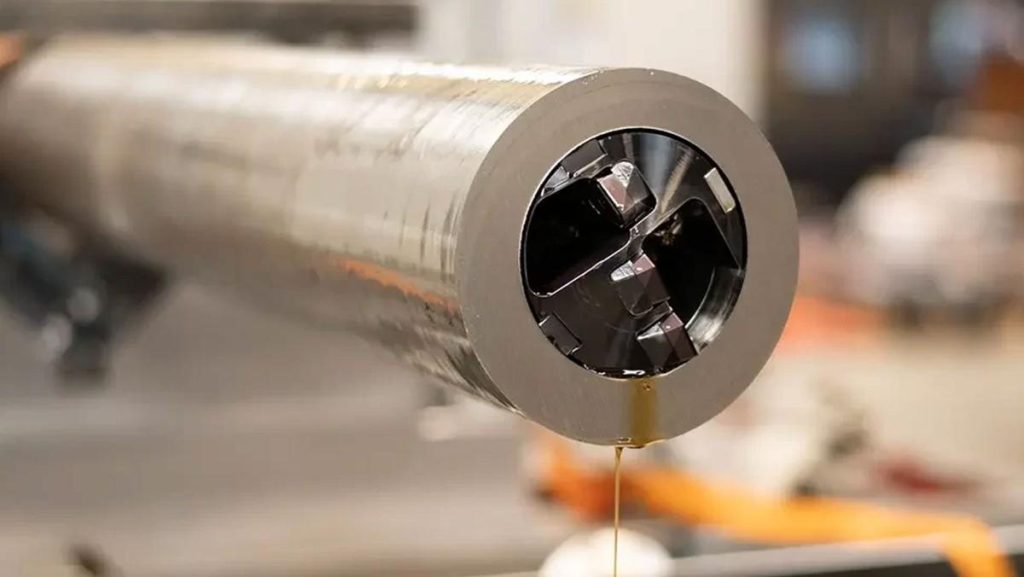
Deep Hole Drilling Head
So let’s break down deep hole drilling.
Basically, the definition of drilling means making a hole in something solid. Think of it like punching a precise tunnel through a piece of metal.
But deep hole drilling goes way beyond a simple punch. We’re talking about long holes compared to how wide they are.
Imagine a hole at least ten times deeper than its width – like a straw ten times longer than its opening. So if you have a hole 10mm wide, it’s a “deep hole” if it’s 100mm deep or more.
Because these holes are so long and narrow, this special process needs unique drilling tools and specific ways of doing things.
These tools and methods are critical for keeping the hole perfect, straight, and smooth inside, even over long distances. Deep hole drilling is crucial if you need a top-quality, super-precise part.
Importance of Deep Hole Drilling

Importance of Deep Hole Drilling
The automotive industry uses deep hole drilling for components such as fuel injector systems, crankshafts and engine blocks. These parts require 10 times the width or more to run efficiently and use low fuel.
In hydraulic cylinder manufacturing, deep hole drilling is also required. This allows for innocent hydraulic systems in construction vehicles, forklifts and industrial equipment. This ensures proper coolant flow and chip removal by keeping the dimensions accurate.
Finally, the oil and gas industry uses deep hole drilling to make boreholes which are very deep. This technique can achieve holes where the depth of wall thickness and rounding is correct for drilling is 20 times or more than the diameter.
Try Prolean Now!
Deep Hole Drilling Process: Step-by-Step
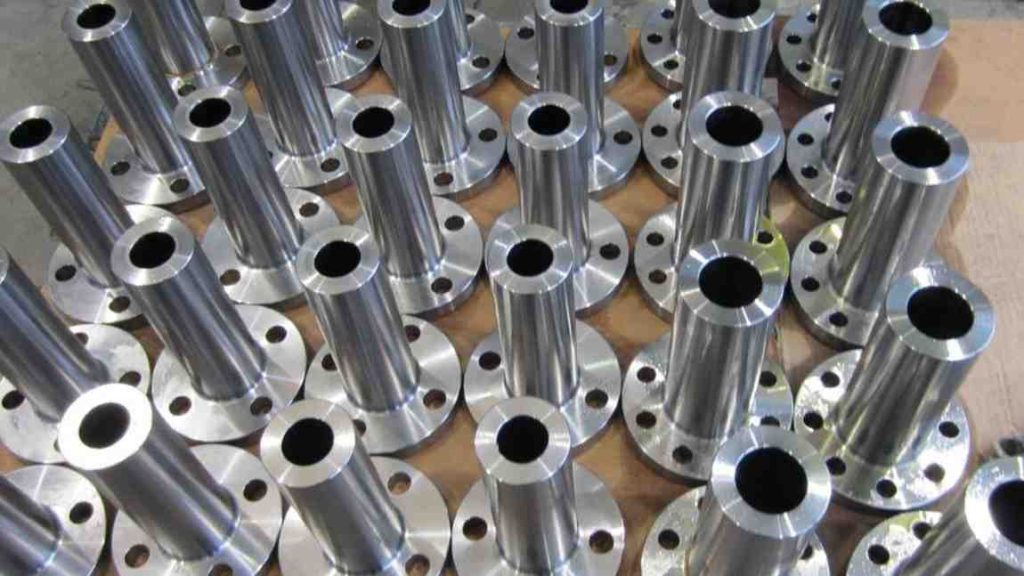
Metals with drilled holes.
Deep hole drilling is complex. It’s Tricky. Getting chips out and coolant in is a big deal, unlike regular drilling. It works like this:
1. Set the Workpiece
First, we put the material that we are drilling on the machine. We drop it down tightly. Any movement means that the hole will be straight and accurate.
2. Choose the Right Tool
Next, we choose the best deep hole drilling tools. This is super important. It depends on what the material is. It depends on how wide you want the hole. And yes, how deep it should be.
3. Deliver the Coolant
We send high-pressure coolant right through the drill itself. This coolant does many things. It keeps the cutting part of the tool cool. It makes the cutting smoother. Most importantly, it pushes metal chips away from where the drill is cutting.
4. Control Speed and Movement
We control the feed rate and RPM of the drill. These are critical. They make chips. They stop the tool from breaking.
5. Remove the Chips
As the drill goes deeper, the high-pressure coolant pushes the chips out. These chips exit through special paths inside or outside the drill. Good chip removal is key. It stops chips from getting stuck. Stuck chips can damage the tool. They can make the hole bad.
6. Drill in Steps (for very deep holes)
For very deep holes, we sometimes drill in stages. The tool is pulled out. This clears all the chips. It allows the coolant to flow correctly again.
Deep Hole Drilling Tools: What You Need
Getting the right hole drilling right is all about having the right tools. These aren’t just any drills. These specialized deep hole drilling tools are built to tackle the tough job of making long, skinny holes. They’re engineered to overcome unique challenges.
Here are the main types you should know about:
| Tool Type | Key Feature | Best For |
| Gun Drill | Single cutting edge, internal coolant, V-groove | Small-medium, high accuracy, smooth |
| BTA Tool | Internal chip evacuation, robust | Larger holes, high material removal |
| Ejector Drill | Two tubes for coolant/chip, modular | Medium holes, faster, tighter tolerances |
1. Gun Drills
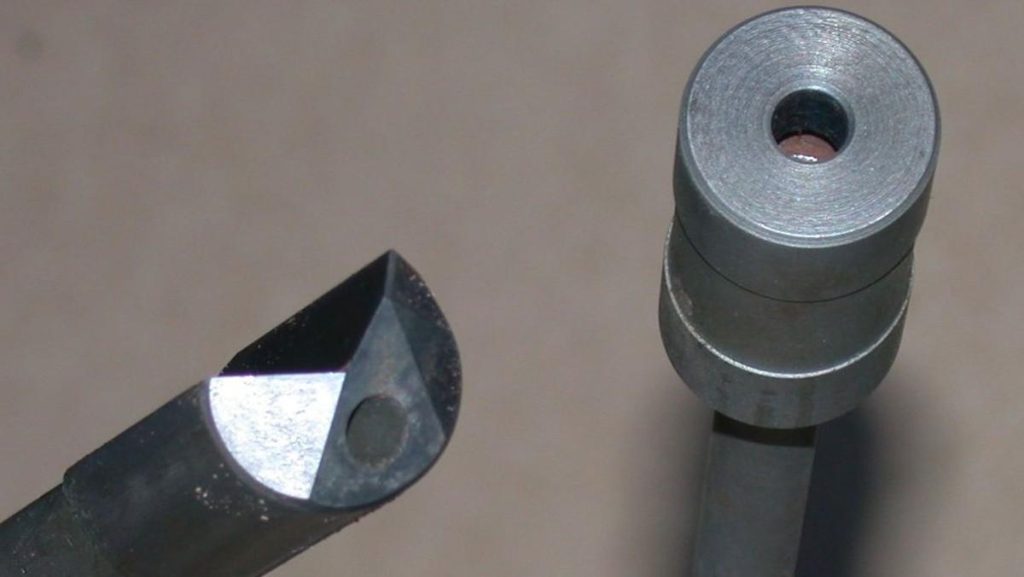
Gun Drill
Imagine a very long, slender needle with a sharp tip. That’s a gun drill. It’s often the first tool people think of for deep holes. A gun drill has just one cutting edge, which precisely carves out the material as it rotates and advances.
It has a special tunnel inside for high-pressure coolant, which shoots at the cutting point to cool and lubricate the process. On the outside, it has a V-shaped groove. This groove helps carry the metal chips and used coolant out of the hole.
Gun drills are great for making super straight and accurate holes. They also leave the inside of the hole incredibly smooth, achieving excellent surface finishes.
That’s why manufacturers looking for “pinpoint accuracy” prefer them, and they are also known for being “cost-effective” for bottomless hole boring operations.
2. BTA (Boring and Trepanning Association)
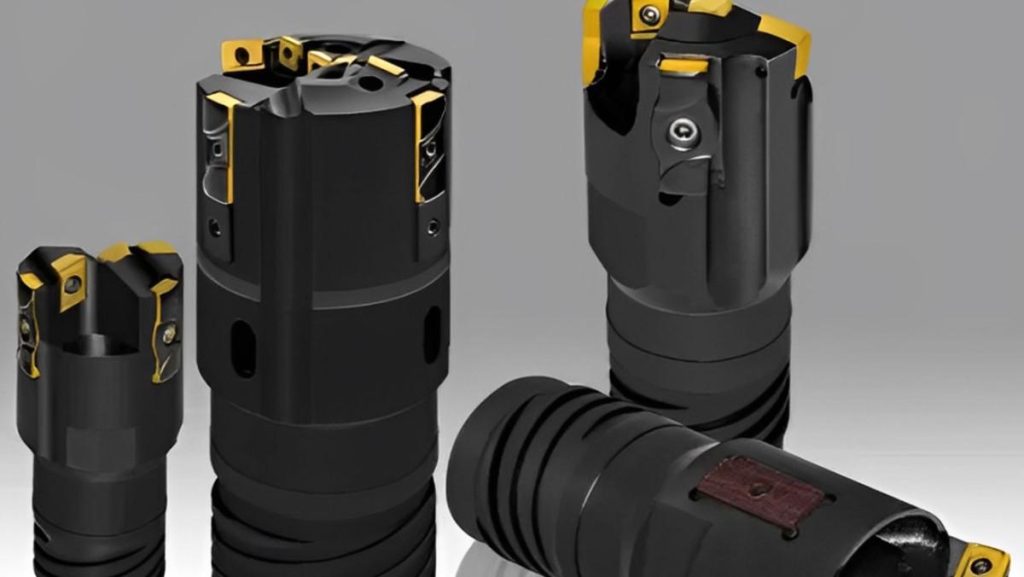
BTA (Boring and Trepanning Association) Drill Heads
BTA tools are for deep holes. They’re an old technology, so you can trust them. They can make holes from 15.6 mm to 300 mm, so they can handle a wider range of hole sizes than some other deep hole tools.
Here’s how they work differently: instead of pushing chips out with the coolant like some drills, BTA tools have a clever system where the coolant goes in from the outside and the chips and coolant are sucked out through a tube inside the tool. This is a great way to get rid of the drilling debris.
Because of their design, they’re strong and built for tough jobs. They can remove a lot of material fast, so they’re durable and perfect for deep hole drilling, especially when you’re drilling bigger holes.
3. Ejector Drills
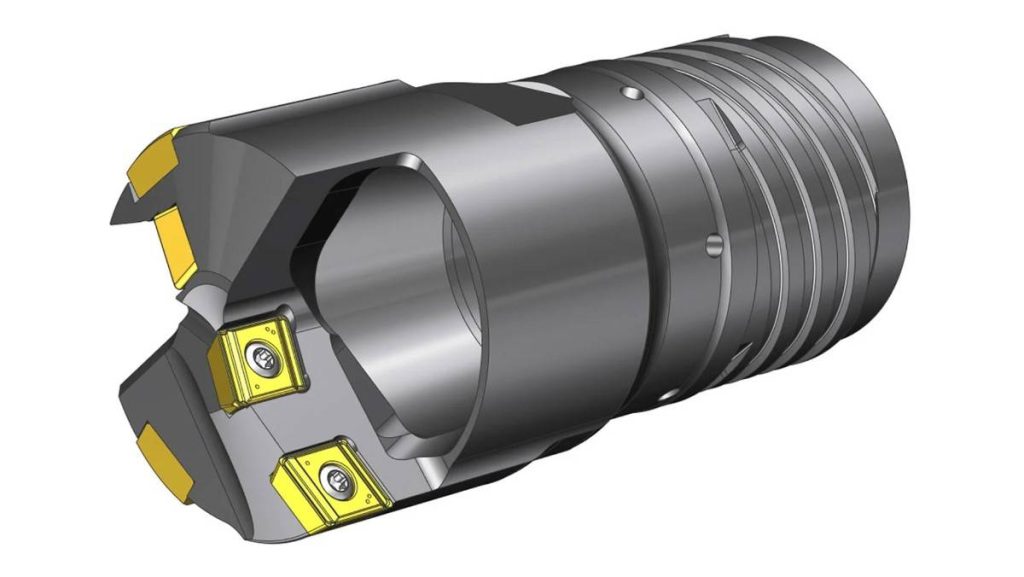
Ejector Drill
Ejector drills are similar to BTA tools but have a slightly different design for chip and coolant management.
Instead of one main tube, ejector drills use two concentric tubes (an inner tube for coolant and an outer tube for chip return). Hence, they are sometimes referred to as a “twin-tube system”.
This complete system includes the drill head, an adapter, and a rotary connector. They work well on irregular surfaces and are very versatile. Ejector drilling operations are faster than gun drilling and can achieve tighter tolerances, meaning the holes are even more precise.
They often come as part of a modular tooling system, which allows different parts to be swapped out, making them very flexible for various applications.
Other Deep Hole Tooling
Beyond the main types, other tools are used for specific deep hole finishing tasks:
- Bottle Boring Tooling: This is used when you need to machine an internal profile within a deep hole, creating a shape that resembles a bottle inside the bore. Tool inserts, precisely controlled by the CNC control unit, perform this deep hole boring. In this type of hole drilling, the boring bar has an internal tie rod that actuates the cutting inserts to create the desired internal contour.
- Counter Boring Tooling: Where a hole already exists but you need to use counter boring tooling to alter its diameter to more exact parameters. You might start by using a drill bit with a smaller diameter to drill a pilot hole. Then, counter boring tooling is used to enlarge a specific section of that hole precisely, or to flatten the bottom of an existing hole, to achieve the required exact hole diameter.
Each of these hole drilling Tools has its advantages. Choosing the right one for your application is key to maximizing efficiency and achieving great results in your Deep Hole Machining operations. For high-quality custom components, you can contact ProleanTech.
Deep Hole Drilling: Advantages & Limitations

Deep Hole Drilling: Advantages & Limitations
Investing in deep hole drilling offers significant benefits for businesses striving for excellence.
This specialized process provides superior hole quality, high accuracy, and increased productivity, ultimately improving product quality and reducing manufacturing costs.
However, it also presents challenges such as the need for specialized equipment and complex process control.
| Advantages | Disadvantages |
| Better hole quality, including straightness, roundness and surface finish | Need specialized equipment |
| High accuracy and precision | Complex process control |
| Increase in productivity (one-pass deep, accurate hole) | Challenging chip management |
| Versatile across several materials | Higher initial setup and process costs |
| Extended Equipment Life |
Try Prolean Now!
Considerations and Challenges in Deep Hole Drilling
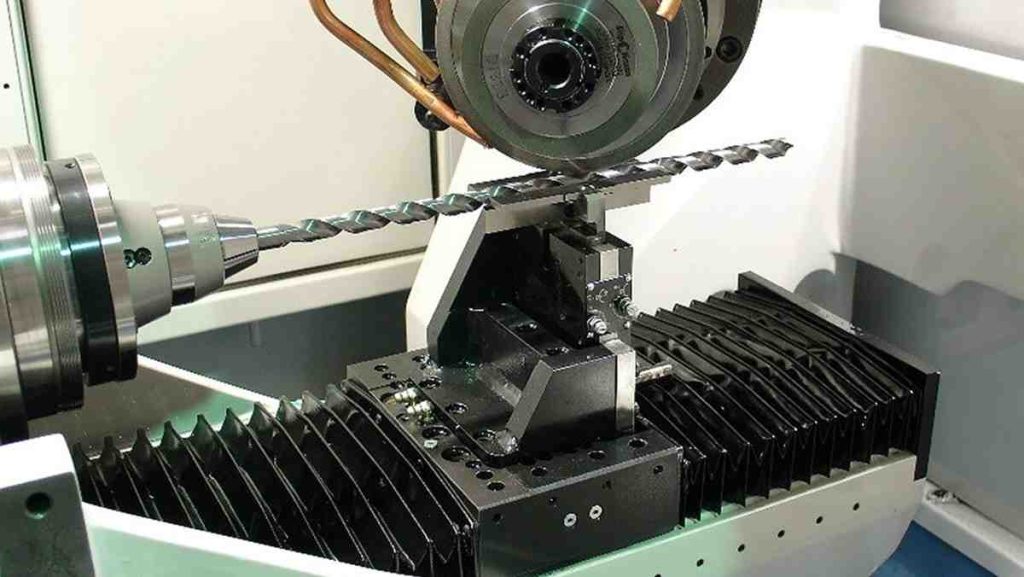
Considerations and Challenges in Deep Hole Drilling
Deep hole drilling is complex and requires many factors for success. Choosing the right drill bit is key to avoiding costly mistakes and ensuring precision. Full-face crown drill bits are more durable when working with hard materials.
High-pressure coolants are critical in deep-hole drilling. These coolants keep temperatures in check, extend tool life, and evacuate chips from the cutting zone. Coolant selection directly impacts hole quality and productivity.
| Challenge | Solution | Impact |
| Drill Misalignment | Specialized fixturing systems | Prevents workpiece deflection |
| Material Deformation | Optimized feed rates and speeds | Reduces surface damage |
| Tool Wear | Carbide or diamond-coated bits | Extends tool lifespan |
| Chip Evacuation | High-pressure coolant delivery | Improves surface finish |
Today’s CNC machines can make super-precise holes – they get the depth just right and keep the hole straight. To make sure the part you’re drilling (workpiece) doesn’t move or bend, you need special clamps to hold it in place. This is key to getting good results.
Different materials require different approaches. For titanium, you need carbide-coated tools to cut. For softer material,s you need to adjust the speed and other settings. This prevents the material from getting squished or deformed and ensures every hole is consistent.
What Type of Drill is Used for Deep Holes?
The most common drills for deep holes are gun drills, BTA (Boring and Trepanning Association) tools, and ejector drills. These specialized hole drilling tools are designed to handle chip evacuation and coolant delivery over long lengths.
Is Gun Drilling the Same as Deep Hole Drilling?
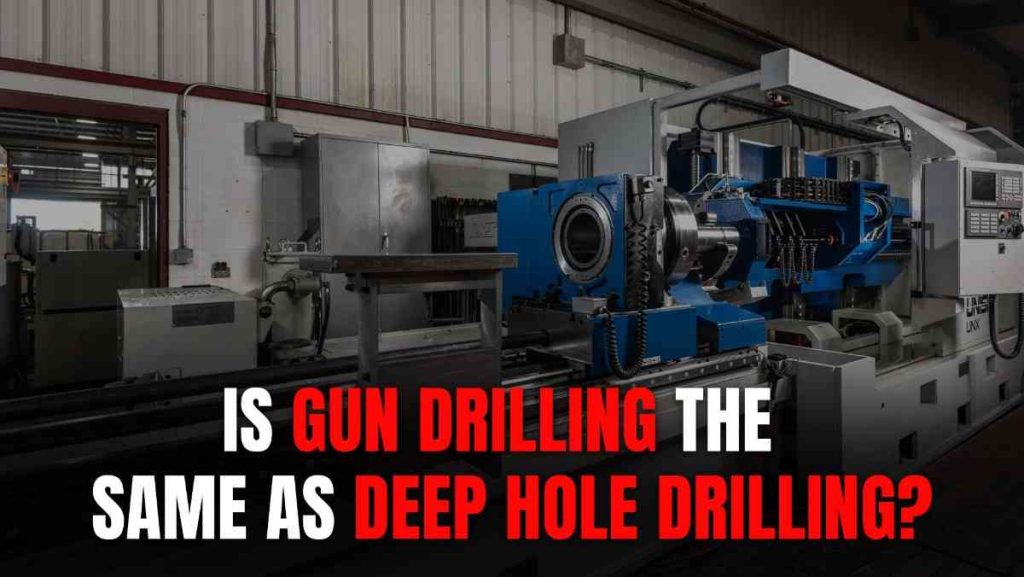
Is Gun Drilling the Same as Deep Hole Drilling?
While often used interchangeably, gun drilling machines are a specific method within the broader category of hole drilling.
Gun drilling is a very efficient and accurate way of making deep holes, especially for smaller diameters. Still, deep hole drilling includes other methods like BTA drilling and ejector drilling for different applications and hole sizes.
What is the Drilling Technique Commonly Used When Drilling Deep Holes?
The most common drilling techniques for deep holes are specialized drills like gun drills that use high-pressure coolant to flush chips and maintain straightness. Trepanning is another technique for larger holes where a core is removed instead of reducing all material to chips.
What is the Best Drill Bit for Deep Holes in Wood?

Drill Bit for Deep Holes
For deep holes in wood, while not strictly “deep hole drilling” in the industrial metalworking sense, longer auger bits, spade bits, or even specialized extra-long twist bits can be used.
The key is proper chip clearance and preventing overheating. These are different from the precision deep hole drilling tools used for metal.
How Accurate is a Gun Drill?
Gun drills are very accurate. They are known for producing holes with excellent straightness, roundness, and surface finish, often within micrometers. This precision makes them essential for critical applications where hole geometry is vital.
One-Stop Shop: ProleanTech
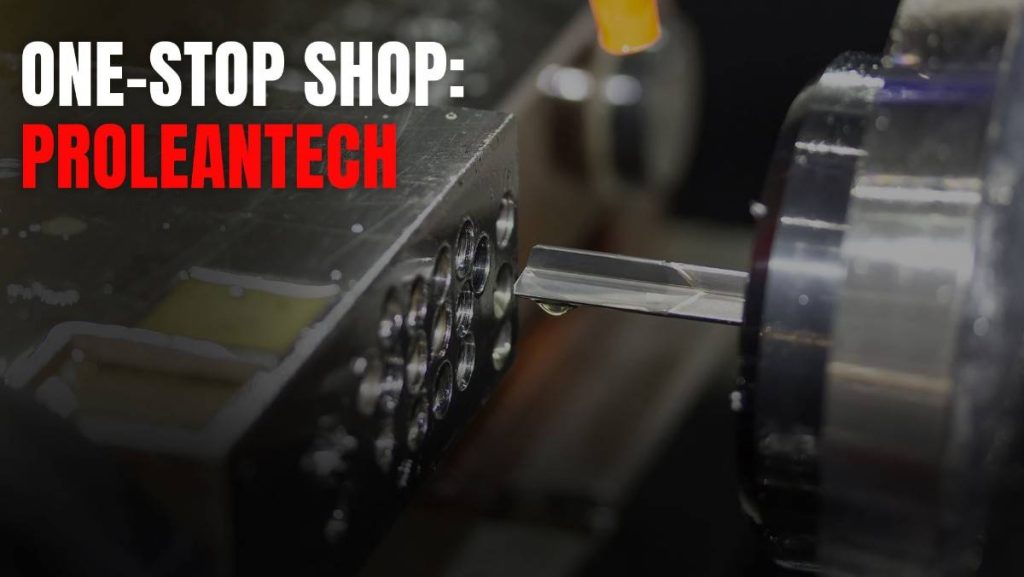
One-Stop Shop: Proleantech
At ProleanTech, we know the importance of deep hole drilling in modern manufacturing. Our advanced gun drilling machines and expertise in deep hole machining allow us to deliver precision and quality parts.
We are your partner for complex machining challenges; We have solutions that meet your industry’s demanding requirements. Our commitment to quality, efficiency, and customer satisfaction means your projects are in good hands.
Wrap Up
A deep hole drill is key to making or breaking your business. From aerospace parts that require precision to automotive parts that need consistency, hole drilling delivers what your industry demands.
Understand the deep hole drilling process, choose the right tools, and partner with experienced manufacturers like ProleanTech, and you’ll get the best results for your project. Investing in advanced deep hole drilling technology pays off in efficiency, cost savings, and better product quality.
Get started with our CNC Machining Services or contact us to discuss your deep hole drilling needs.
Get your quote now from ProleanTech and see the difference!

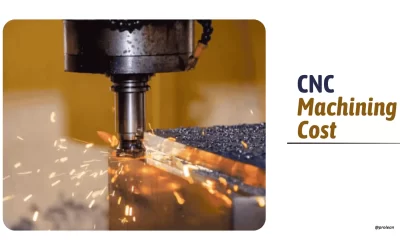
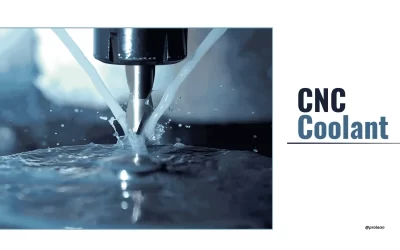

0 Comments